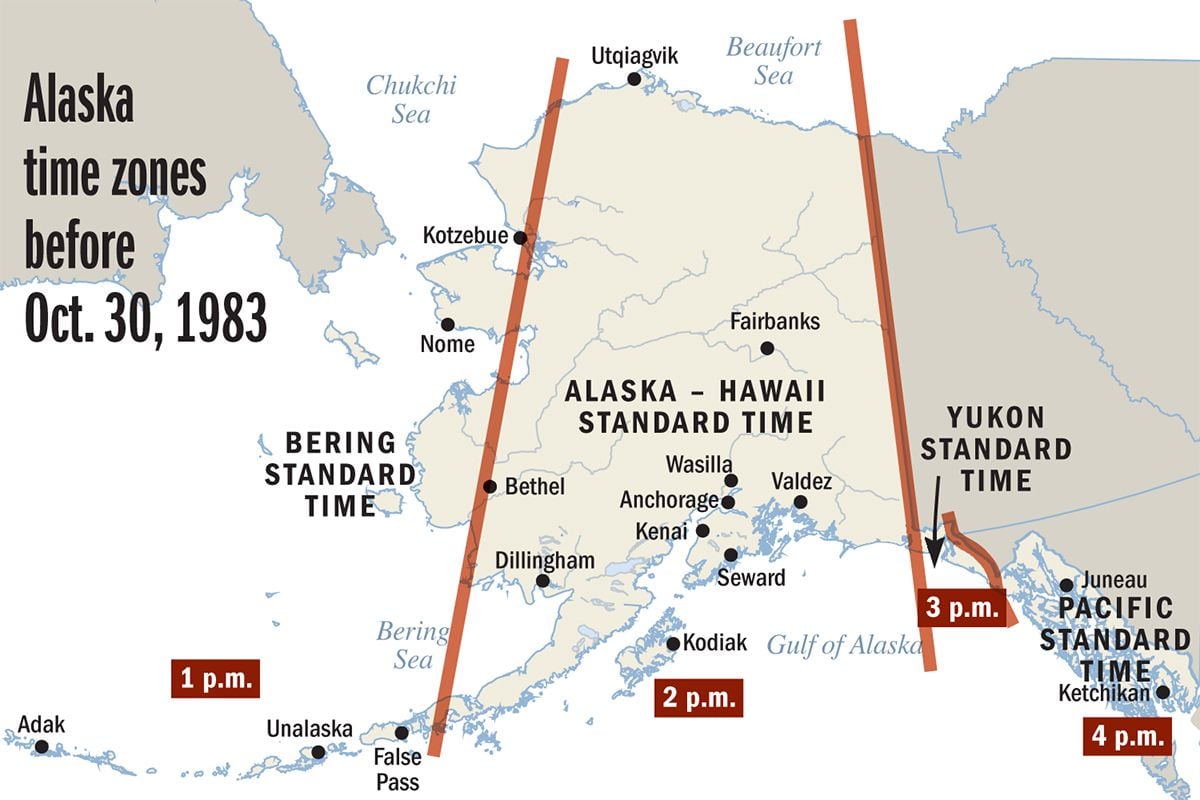

NET, a TimeZoneInfo object represents a time zone. Information about a specific time change, such as the change from daylight saving time to standard time or vice versa, in a particular time zone. and causes the time to change to 3:00 A.M., each time interval between 2:00 A.M.

For example, if this transition occurs on a particular day at 2:00 A.M. It occurs when the clock time is adjusted forward in time, such as during the transition from a time zone's standard time to its daylight saving time. For example, a transition from standard time to daylight saving time that occurs on the third Sunday of March follows a floating adjustment rule.Ī nonexistent time that is an artifact of the transition from standard time to daylight saving time. For example, a transition from daylight saving time to standard time that occurs each year on October 25 follows a fixed adjustment rule.Īn adjustment rule that sets a particular day of a particular week of a particular month for the transition to or from daylight saving time. can be interpreted as either a standard time or a daylight saving time.Īn adjustment rule that sets a particular date for the transition to or from daylight saving time. and causes the time to change to 1:00 A.M., each time interval between 1:00 A.M. It occurs when the clock time is adjusted back in time, such as during the transition from a time zone's daylight saving time to its standard time. Transitions can follow either a fixed rule or a floating rule.Ī time that can be mapped to two different times in a single time zone. Each adjustment rule has a start and end date that defines when the rule is in place (for example, the adjustment rule is in place from January 1, 1986, to December 31, 2006), a delta (the amount of time by which the standard time changes as a result of the application of the adjustment rule), and information about the specific date and time that the transitions are to occur during the adjustment period. TermĪ rule that defines when the transition from standard time to daylight saving time and back from daylight saving time to standard time occurs. The following table defines terms commonly used when working with time zones and developing time zone-aware applications. can be interpreted as either a standard time or a daylight saving time. It is created by the transition from daylight saving time to standard time. An ambiguous time is a time that can be mapped to two different times in a single time zone.

An invalid time is a nonexistent time created by the transition from standard time to daylight saving time. For example, a transition from standard time to daylight saving time that occurs on the third Sunday of March follows a floating adjustment rule.įor time zones that support adjustment rules, the transition to and from daylight saving time creates two kinds of anomalous times: invalid times and ambiguous times. Much more common are floating adjustment rules, which set a particular day of a particular week of a particular month for the transition to or from daylight saving time. For example, a transition from daylight saving time to standard time that occurs each year on October 25 follows a fixed adjustment rule. A fixed adjustment rule sets a particular date on which the transition to or from daylight saving time occurs each year. The transition to and from daylight saving time in a particular time zone can be defined either by a fixed or a floating adjustment rule. These changes to and from standard time are known as adjustment rules. Daylight saving time tries to maximize daylight hours by advancing the time forward by one hour in the spring or early summer, and returning to the normal (or standard) time in the late summer or fall. Many of the world's time zones support daylight saving time. The time in any of the world's time zones can be expressed as an offset from Coordinated Universal Time (UTC). Typically, but not always, adjacent time zones are one hour apart. Time zone essentialsĪ time zone is a geographical region in which the same time is used. You can also use TimeZoneInfo to define custom time zones that the system has no information about. The TimeZoneInfo class supports both of these zones as well as any time zone about which information is predefined in the registry. The TimeZone class supports working with the local time zone and Coordinated Universal Time (UTC). The TimeZoneInfo class simplifies the creation of time zone-aware applications.


 0 kommentar(er)
0 kommentar(er)
